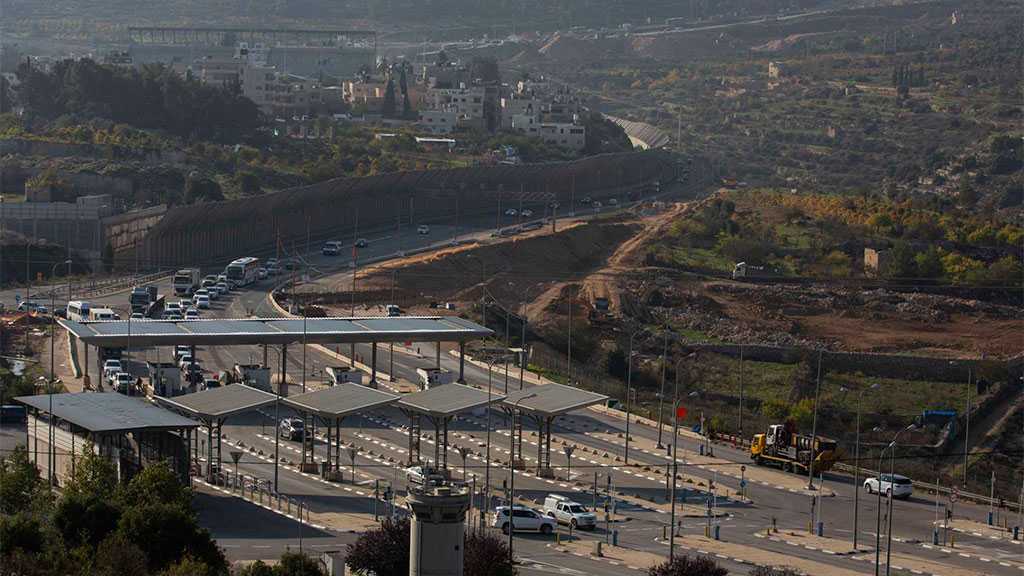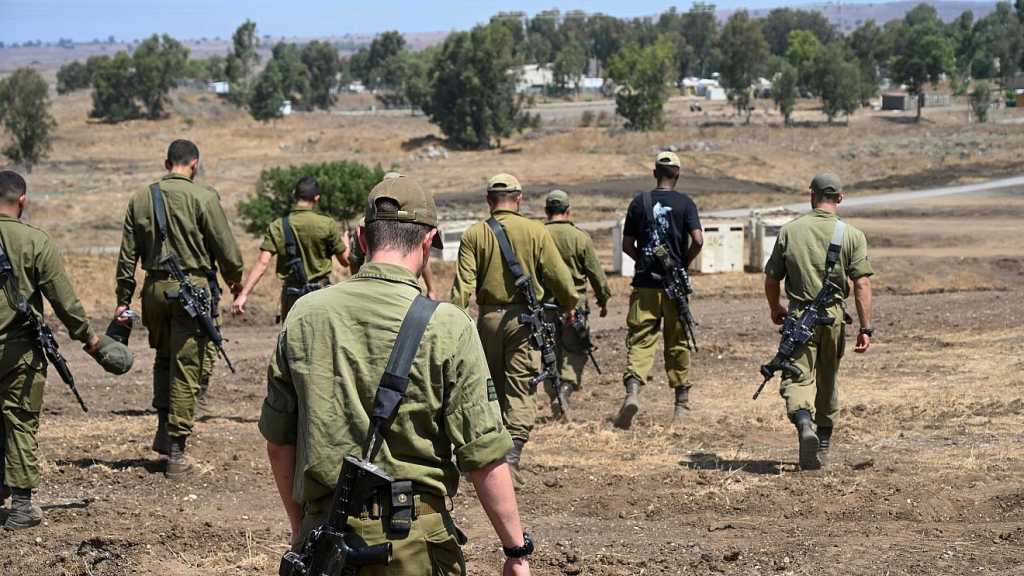
New Roads Pave Way for Massive Growth of ‘Israeli’ Settlements

By Staff, AP
In the coming years, ‘Israeli’ settlers will be able to commute into occupied al-Quds and Tel Aviv from illegal settlements deep inside the West Bank via highways, tunnels and overpasses that cut a wide berth around Palestinian towns.
Rights groups say the new roads will set the stage for explosive settlement growth, even if the incoming US administration somehow convinces the Zionist entity to curb settlement construction. The costly infrastructure projects signal that the occupation entity intends to keep large swaths of the occupied territory in any deal and would make it even harder to restore the entire Palestinian state.
Construction already is underway on a huge tunnel that will one day allow settlers from Maale Adumim, a sprawling settlement east of occupied al-Quds, to drive into the city and onward to Tel Aviv without passing through a military checkpoint or even hitting a traffic light.
South of al-Quds, work is underway to expand the main highway leading to the Gush Etzion settlement bloc and settlements farther south, with tunnels and overpasses designed to bypass Palestinian villages and refugee camps.
Palestinians will be allowed to drive on many of the new roads, but the infrastructure will be of limited use to them because they need permits to enter the ‘Israeli’-occupied territories.
The same process unfolded on a much smaller scale more than a decade ago, when the Tel Aviv regime opened Route 398, connecting settlements in the southern West Bank to occupied al-Quds. Informally known as the “Lieberman Road,” after former so-called Transportation Minister Avigdor Lieberman, who occupied one of the settler units, it reduced the driving time from 40 minutes to 10 minutes.
The area's settler population nearly doubled in the next six years, to about 6,000 settlers.
Comments
- Related News

“Israel” Pulls Golani out of Gaza Quagmire
4 months ago
Knesset Member: ‘Israel’ Facing Economic Disaster
4 months ago
